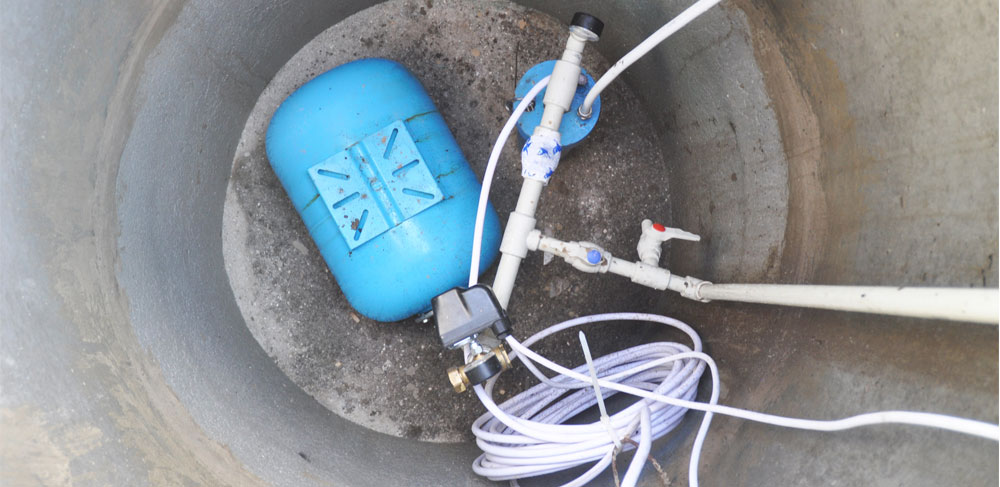
Installing a bore pump can be a challenging and technical task, but with the right knowledge and preparation, you can get the job done correctly. Whether you’re installing a new bore pump or replacing an old one, these tips will help you ensure a smooth and successful installation process.
- Determine the right pump size and type for your needs
Before you even begin the bore pump installation process, it’s essential to determine the right pump size and type for your needs. Factors to consider include the depth of your borehole, the flow rate you require, and the power supply available. Choose a pump that matches your specific needs to ensure maximum efficiency and performance.
- Prepare your site
Once you’ve selected the right pump, it’s time to prepare your site for installation. Clear any debris, rocks, or obstacles around the borehole to ensure easy access. It’s also important to ensure that the borehole is free of any contaminants that could damage the pump or the water supply.
- Choose the right location for your pump
Choosing the right location for your pump is crucial to ensure optimal performance and efficiency. The pump should be placed in a dry, well-ventilated area that is easily accessible for maintenance and repairs. Avoid placing the pump near sources of contamination such as septic tanks or areas with heavy traffic.
- Install the pump correctly
When installing the pump, it’s crucial to follow the manufacturer’s instructions carefully. Ensure that all electrical connections are correctly wired, and all pipes are securely attached. Use high-quality fittings and pipe to prevent leaks and ensure durability.
- Prime the pump and test for functionality
Once the pump is installed, it’s important to prime it properly to ensure optimal functionality. Follow the manufacturer’s instructions carefully and ensure that the pump is filled with water before starting it up. Test the pump for functionality and monitor it closely to ensure that it’s operating correctly.
- Schedule regular maintenance
Regular maintenance is crucial to ensure that your pump continues to operate at optimal efficiency. Schedule regular inspections and maintenance checks to identify and address any potential issues before they become more significant problems. This will help you prolong the life of your pump and ensure that your water supply remains uninterrupted.
In conclusion, installing a bore pump can be a complex process, but with careful planning and preparation, you can ensure a smooth and successful installation. By following these tips and consulting with a professional if needed, you can get your water flowing smoothly and efficiently for years to come.





More Stories
Music Marketing and Promotion – What’s the Difference?
Unraveling the Mysteries of Car Insurance: A Comprehensive Guide
Most effective Packing and Transferring Guidelines for House Shifting